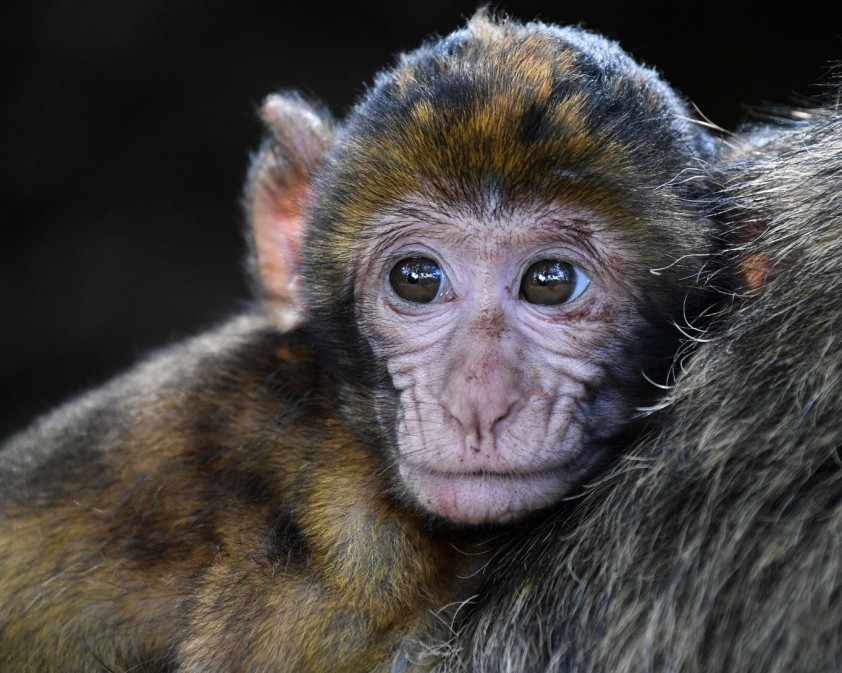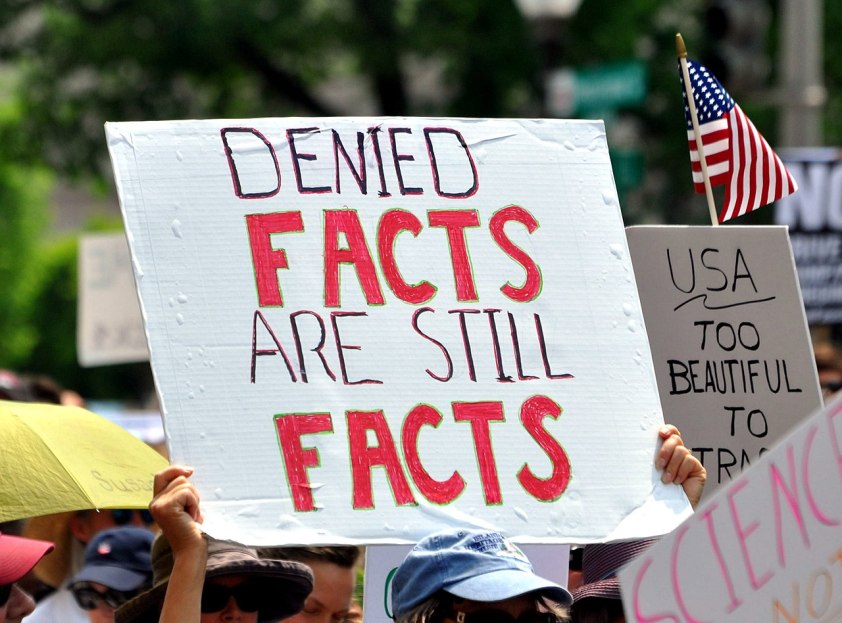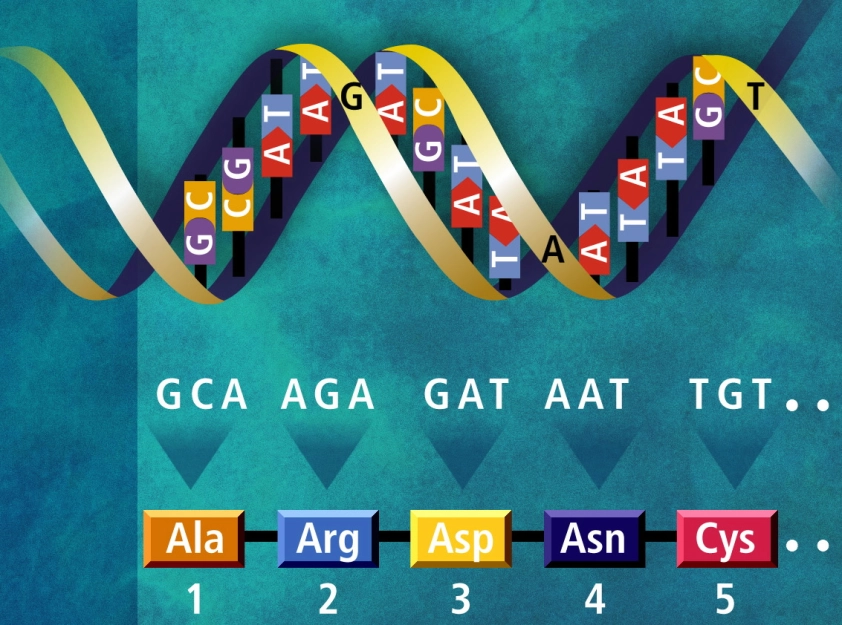Over the last sixty years or so, space exploration has been at the fore of the public’s imagination, and our desire to learn more about the universe we live in has led to the advancement of space technology. This has resulted in many test launches and experiments, during which a whole array of spacecraft and satellites have been sent into space. Consequently, we have slowly been contributing to an ever-growing jumble of junk that is now orbiting Earth. Although it’s out of sight, the University of Surrey are working to make sure that it is not kept out of mind. Later this year, they are launching a spacecraft on a mission called RemoveDebris, which will hopefully do exactly what is says on the tin before burning up into flames.
Broadly speaking, the term “space junk” refers to any man-made object in space that no longer serves a useful purpose. This definition encompasses objects such as used boosters, dead satellites and even Elon Musk’s Tesla Roadster, a sports car owned by the CEO of Tesla and SpaceX, which was used as a dummy payload for the test flight of the SpaceX Heavy Falcon earlier this month. Even though the car is technically space junk, it is following an orbit around the sun and so it poses little cause for concern. Unfortunately, the same cannot be said for the 7500 tonnes of junk that the European Space Agency have estimated orbits the Earth.
Having so much debris orbiting the Earth is a problem because even the smallest objects can cause a lot of damage. In 2016, a fleck of paint chipped a window on the International Space Station (ISS), which regularly has to move out of the way of bigger pieces of junk. Furthermore, a piece of junk just 10 centimetres long could devastate a satellite. This could have detrimental effects on communication and weather forecasting, making clearing our cluttered low orbit environment a joint responsibility.
Another dangerous aspect of the debris is the potential for a cascading collision effect known as the Kessler Syndrome. This is a scenario triggered by the collision of two large objects that then cause a self-sustaining chain reaction of collisions, producing more debris. The large inactive satellite Envisat, which is owned by the European Space Agency, has been listed as a potential trigger for a Kessler event. It weighs roughly 8 tonnes and it passes within 200 metres of two other pieces of catalogued space junk every year.
Research into ways of clearing up our space junk is therefore of immediate relevance and we will hopefully be able to learn a lot from the RemoveDebris mission, which is being led by the Surrey Space Centre at the University of Surrey.
The small RemoveDebris spacecraft – the size of a washing machine – was shipped to the Kennedy Space Centre in Florida in December. It will be launched into space later this year on a ISS resupply mission. Once at the ISS it will be unpacked by astronauts and deployed on its mission to experiment with techniques in which debris can be collected and removed from orbit.
In the first scheduled experiment a cubesat (a miniaturised satellite used for space research) will be ejected from the spacecraft. A net will then be ejected from the spacecraft to ensnare the cubesat. The development of this kind of capture technique could lead to space junk being hauled out of orbit by spacecraft in the future. The heat upon re-entry to the Earth’s atmosphere will cause the space junk to burn up.
The second capture experiment is due to test a harpoon system. In this experiment, a target, made out of the same materials as satellite panels, will be extended out by the spacecraft. A harpoon will then be fired at the target. If a successful hit is made, this will be the first harpoon capture in orbit.
The third experiment will test vision based navigation. In this experiment, another cubesat will be ejected from the spacecraft. Cameras on-board the spacecraft will be used to collect data, which will then be sent to Earth and processed on the ground. If successful this will validate the use of vision-based navigation equipment, and ground-based image processing, in the context of active debris removal.
Finally, at the end of the mission, the spacecraft will deploy a large drag sail. The sail is made out of a reflective material and uses radiation pressure exerted by photons of light from the sun to produce thrust in a phenomenon known as solar sailing. The sail will cause the spacecraft to gently de-orbit before it violently burns up upon re-entry into the Earth’s atmosphere so that, crucially, it doesn’t become space junk itself.
Whether the RemoveDebris mission is a success or not, it is important that we keep the ball rolling into the future. Clearing up our skies is a collective responsibility between governments and space agencies as the consequences of an essential satellite being damaged, or space missions being grounded, will affect us all. Space exploration has an inexhaustible ability to inspire and thrill us, so let us not call time early on this journey simply because of our inability to look after the planet we live on.









 Photo source:
Photo source: 